Perfect Pet Shop Design: Creating a Haven for Furry Friends

Pet shops are not just retail stores; they are sanctuaries for pet lovers and their four-legged companions. A well-designed pet shop is not only aesthetically pleasing but also functional, ensuring the health and happiness of both the animals and their human caretakers. In this article, you will find out the key elements of designing the perfect pet shop, from layout and décor to animal welfare considerations.
Tip: Essential tips you need to know to which flooring is the most pet-friendly flooring material for your pet.
Pet Shop Design Layout and Space Planning
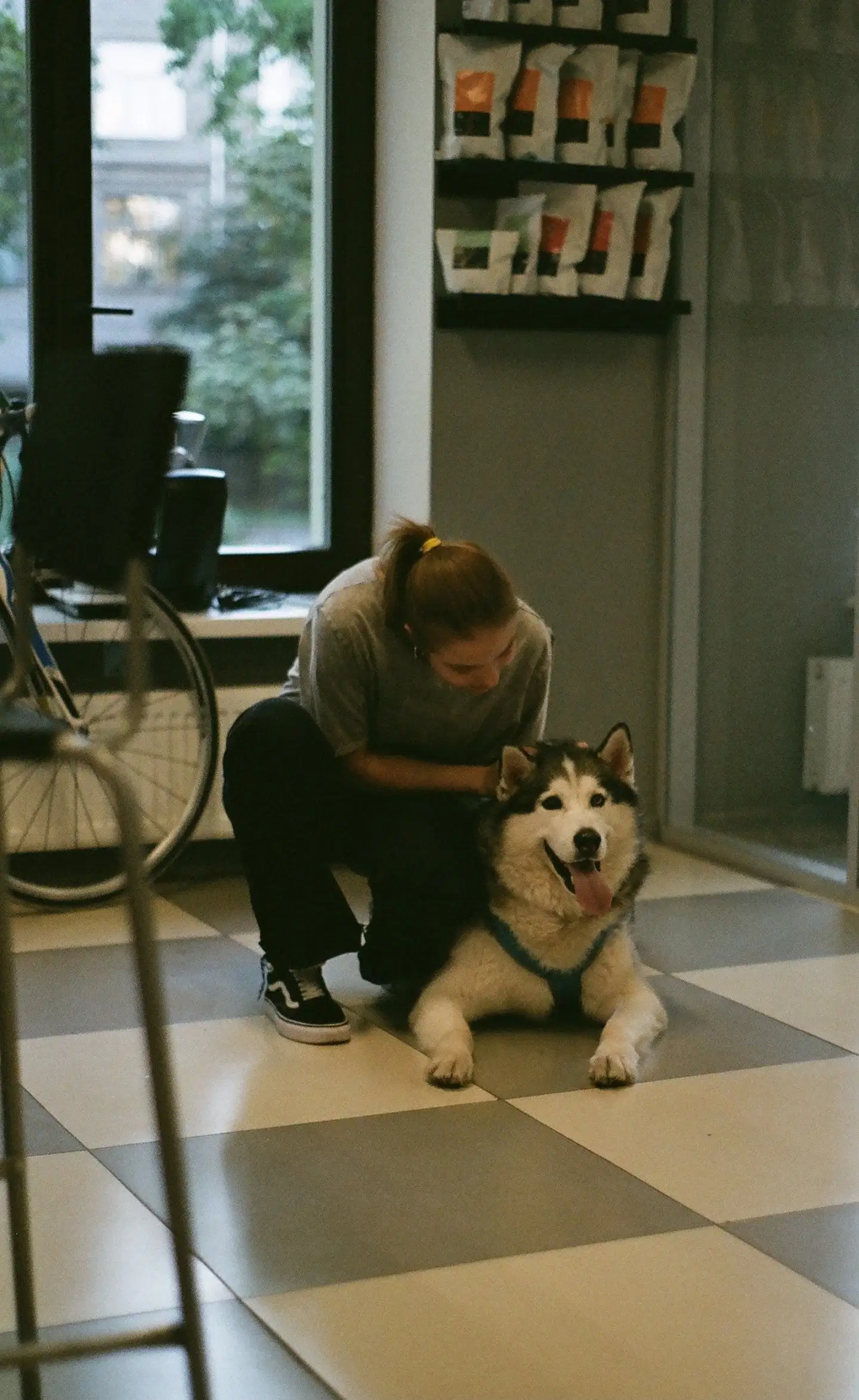
The layout of a pet shop is crucial for creating a welcoming and efficient space. Here are some considerations:
- Zoning: Divide the shop into zones for different types of animals, such as one for dogs, another for cats, and separate areas for small animals, birds, and fish. This helps customers find what they need quickly.
- Adequate Space: Ensure that each animal has enough space in its enclosure or habitat. Overcrowding can cause stress and disease. Follow industry guidelines and regulations for the space requirements of different animals.
- Traffic Flow: Plan for smooth customer traffic flow. Avoid bottlenecks and dead-end aisles. Consider using signage and arrows to guide customers through the store.
- Play Areas: Incorporate play areas or designated spaces where customers can interact with the animals. These areas should be safe and comfortable for both pets and people.
- Grooming Stations: If you offer grooming services, allocate space for grooming stations with appropriate equipment and supplies.
Pet Shop Décor and Atmosphere

The décor and atmosphere of a pet shop play an important role in drawing customers and making them feel at ease. Here are some design elements to consider:
- Natural Elements: Incorporate plants and use natural materials like wood and stone to create a friendly and inviting ambiance.
- Color Palette: Choose calming colors like greens and blues for the walls and décor. These colors can create a soothing environment for both animals and customers.
- Lighting: Adequate lighting is essential for showcasing animals and products. So, a combination of natural and artificial light is suggested to create a well-lit space.
- Comfortable Seating: Provide comfortable seating areas for customers to relax and spend time with the animals. This encourages longer visits and potential adoptions.
- Sound Control: Consider soundproofing or using acoustic materials to reduce noise levels, which can stress animals.
Animal Welfare and Health
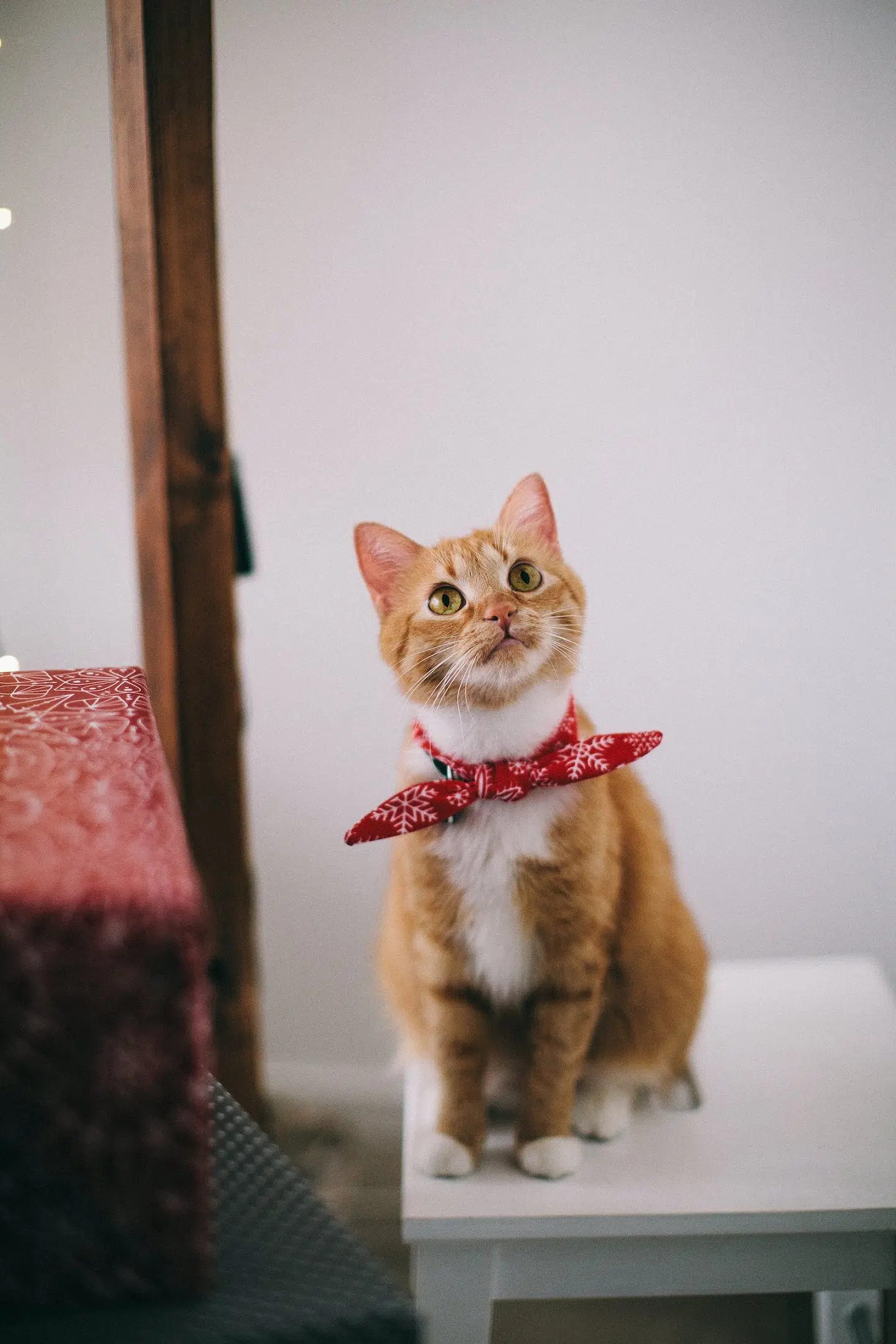
The health and well-being of the animals in your pet shop should be a top priority. Here are some ways to ensure their welfare:
- Proper Enclosures: Use appropriate enclosures for each type of animal, and Ensure they are easy to clean and maintain.
- Temperature Control: Maintain a comfortable temperature for the animals. Use heating and cooling systems as needed to prevent temperature extremes.
- Hygiene and Sanitation: Establish strict cleaning and sanitation protocols to prevent the spread of disease. Regularly clean and disinfect cages, habitats, and common areas.
- Health Checks: Schedule regular veterinary check-ups for all animals in your care. Keep accurate records of their health and vaccinations.
- Adoption Programs: Promote responsible pet ownership by offering adoption programs and collaborating with local animal shelters. Encourage customers to adopt rather than buy pets.
Pet Shop Merchandising and Product Placement
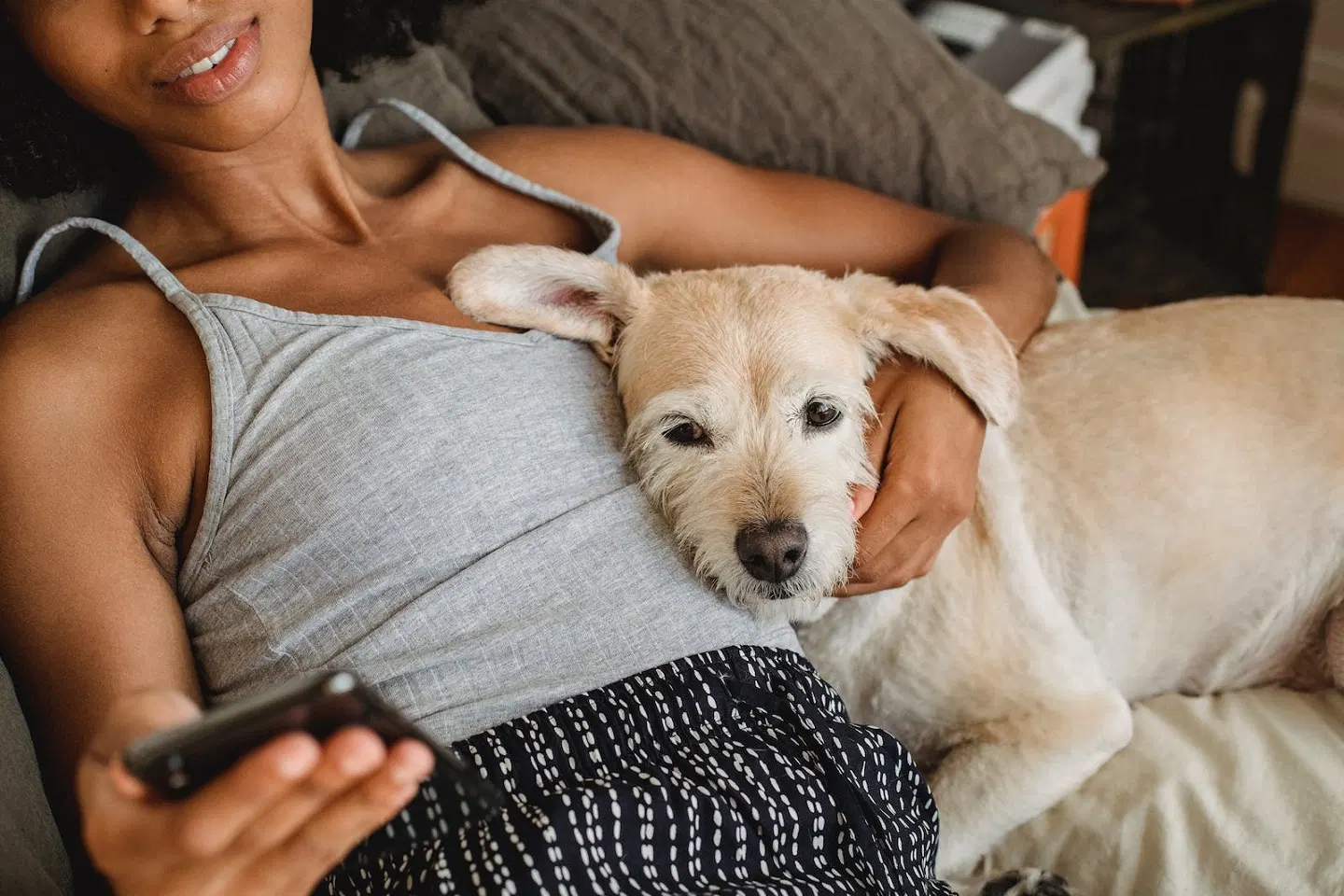
Effective merchandising can increase sales and improve the shopping experience for customers. Consider these merchandising tips:
- Eye-Level Displays: Place high-margin or popular products at eye level to attract customer attention.
- Cross-Merchandising: Create displays that pair related products, such as pet food and bowls, to encourage upselling.
- Clear Signage: Use clear and informative signage to help customers find products easily. Include pricing and product information.
- Seasonal Displays: Rotate displays and merchandise seasonally to keep the store fresh and engaging.
Customer Experience and Engagement
Building a loyal customer base is essential for the success of your pet shop. Enhance the customer experience with these strategies:
- Knowledgeable Staff: Train your staff to be knowledgeable about different types of pets, their care, and the products you sell. Friendly and helpful staff can make a significant difference.
- Educational Events: Host workshops and events that educate customers on pet care, training, and health. This positions your store as a valuable resource for pet owners.
- Customer Feedback: Encourage feedback from customers and use it to improve your store’s offerings and services continually.
- Online Presence: Maintain an online presence through a website and social media. Share pet care tips, success stories, and promotions to engage with a broader audience.
Pet Shop Flooring and Safety

The choice of flooring in your pet shop is more important than you might initially think since it plays a significant role in assuring the safety and comfort of both animals and customers. Here’s what you should consider:
- Non-Slip Surfaces: Opt for non-slip flooring materials to prevent accidents. Pets and their owners should feel secure while walking through the store. Materials like textured tiles or rubber mats are excellent options.
- Easy to Clean: Flooring should be easy to clean and disinfect. Accidents are bound to happen, and quick cleanup is essential for maintaining hygiene.
- Comfort for Animals: While non-slip surfaces are crucial, also think about the comfort of animals. Some animals, like reptiles, may require specialized flooring, while others, like dogs and cats, benefit from softer surfaces, such as rubber or cork, to reduce the strain on their joints.
- Durability: High foot traffic is expected in a pet shop. Choose flooring materials that can withstand the wear and tear of both people and animals. Durable options like vinyl or laminate can be suitable.
Sustainable and Eco-Friendly Pet Shop Design
In today’s environmentally conscious world, integrating sustainability into your pet shop design can be a significant selling point. Consider the following:
- Recycled Materials: Use recycled or sustainable materials for fixtures and décor. For example, you can opt for reclaimed wood for shelving or recycled glass for display cases.
- Energy Efficiency: Invest in energy-efficient lighting and heating/cooling systems to reduce your carbon footprint and save on operational costs.
- Biodegradable Pet Products: Offer biodegradable pet products like waste bags, which align with eco-friendly values and reduce environmental impact.
- Local Sourcing: Whenever possible, source products and materials locally to support the community and reduce the environmental impact of transportation.
Pet Shop Design Safety Protocols and Regulations
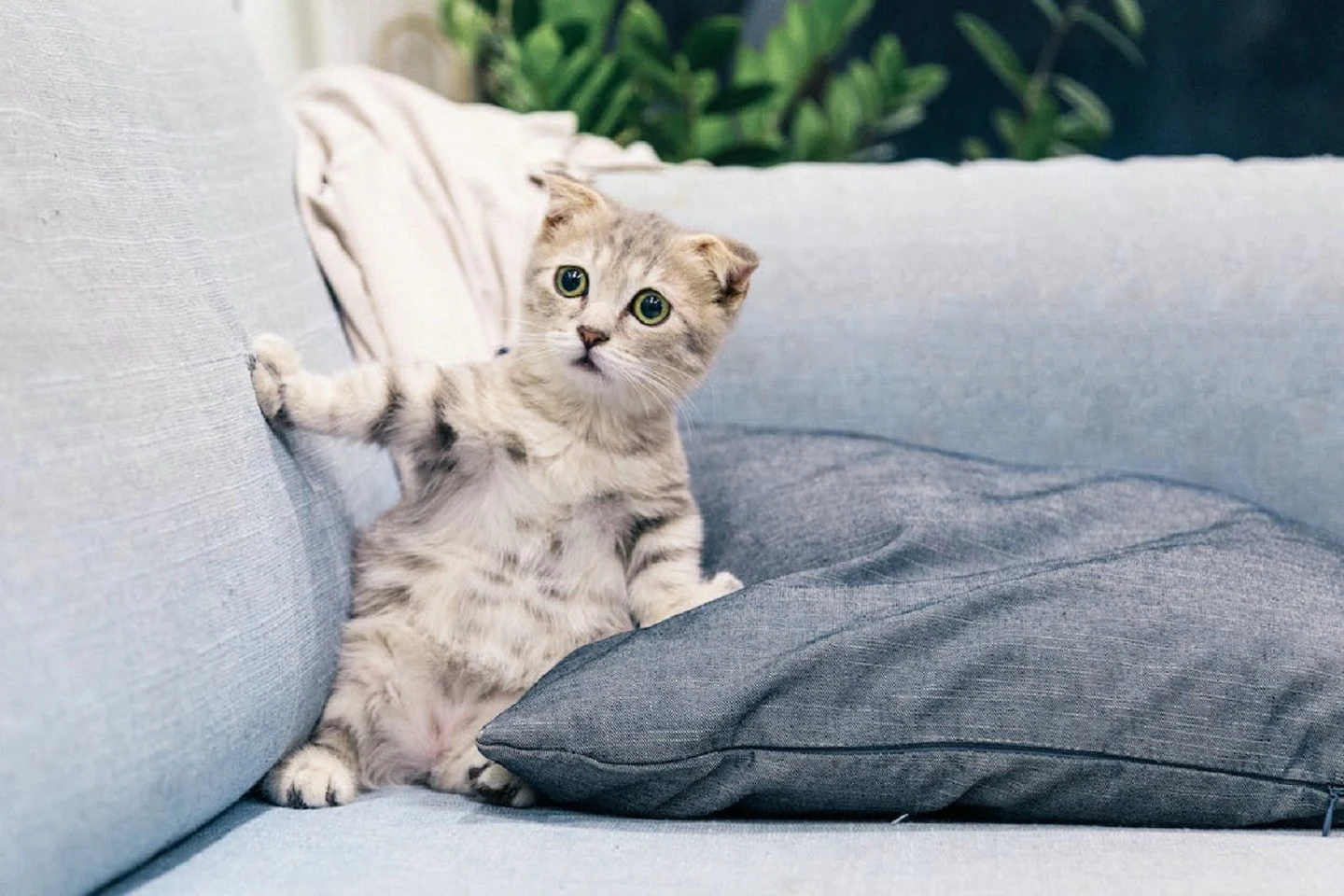
Running a pet shop comes with a set of legal obligations and safety protocols:
- Licensing and Permits: Ensure you have all the required licenses and permits to operate a pet shop in your area. Compliance with local regulations is crucial.
- Animal Welfare Standards: Familiarize yourself with and adhere to national and local animal welfare standards. Regular inspections by authorities may occur, and non-compliance can lead to penalties or closure.
- Health and Safety: Implement strict health and safety protocols for your staff and customers. This includes proper handling of animals, hygiene standards, and emergency procedures.
- Documentation: Keep meticulous records of animal purchases, sales, veterinary care, and customer agreements. Proper documentation is essential for tracking the health and history of the animals you sell.
Evolving Design and Adaptability
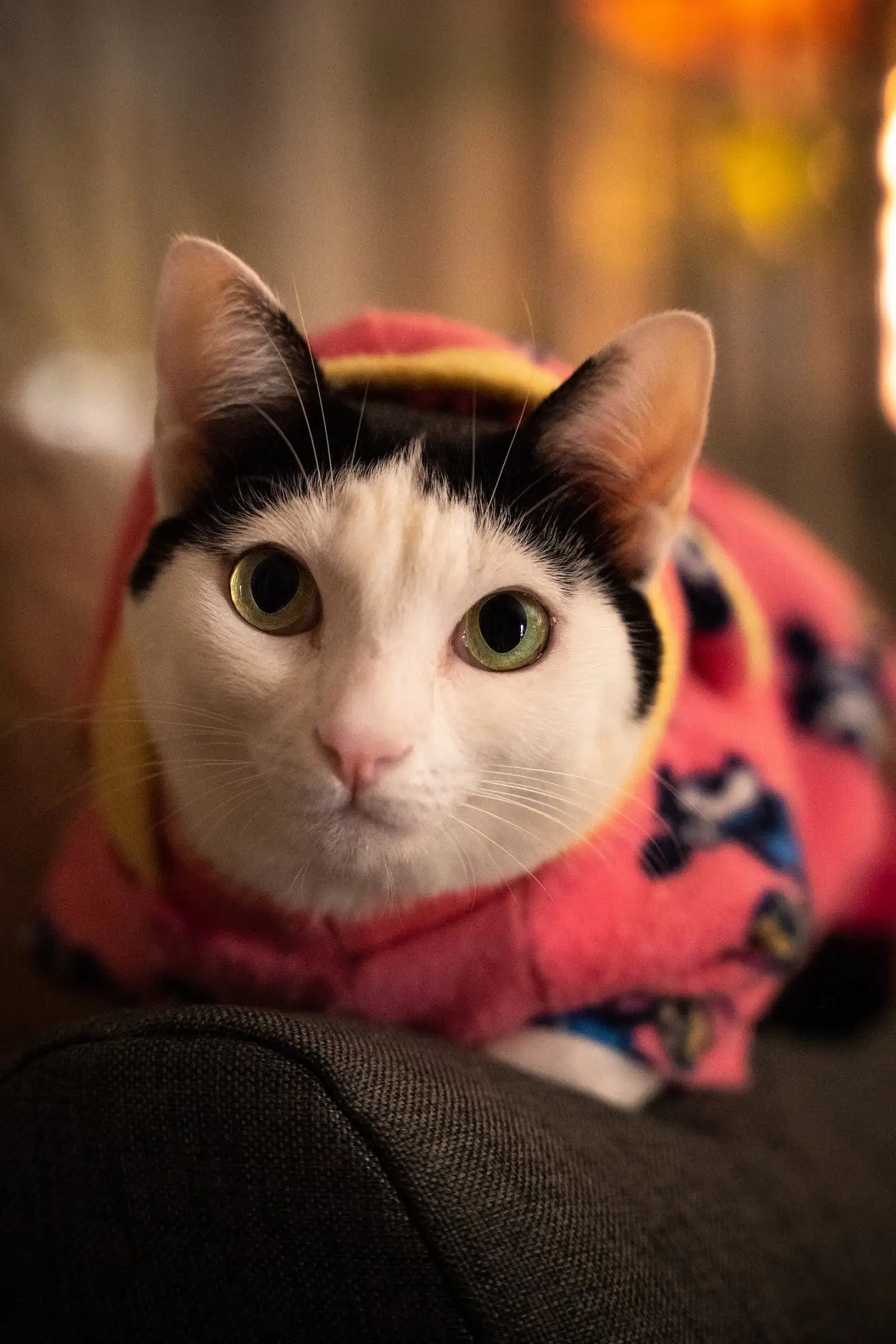
Design is not a one-time effort; it should evolve to meet changing needs and trends:
- Flexibility: Design your pet shop with adaptability in mind. Display fixtures and layouts should be easy to change as your inventory or customer preferences shift.
- Technology Integration: Stay updated with technology trends in the pet industry. Incorporate modern point-of-sale systems and inventory management software to streamline operations.
- Feedback Loop: Continuously seek feedback from customers and staff. Their insights can help you make informed design changes and improvements.
- Seasonal Décor: Update your décor to reflect seasons and holidays. This keeps your store fresh and encourages repeat visits.
Conclusion
Designing the perfect pet shop involves a careful balance of aesthetics, functionality, and animal welfare. By creating an inviting space, prioritizing the well-being of the animals, and offering exceptional customer experiences, you can build a thriving pet shop that caters to the needs of both pets and their devoted owners. Remember, a pet shop is not just a business; it’s a haven for the furry friends who bring joy to our lives.



Did you find what you were looking for?